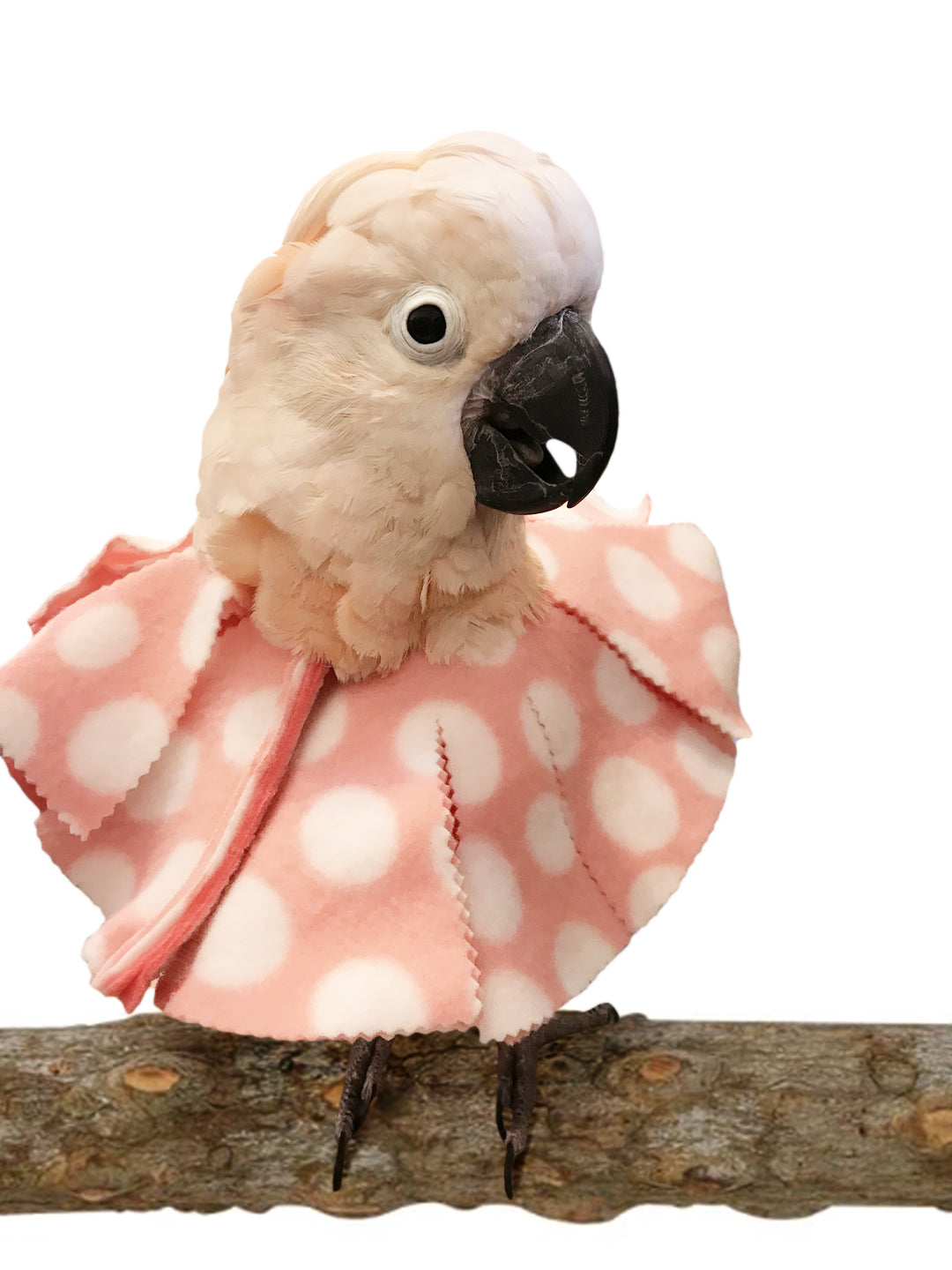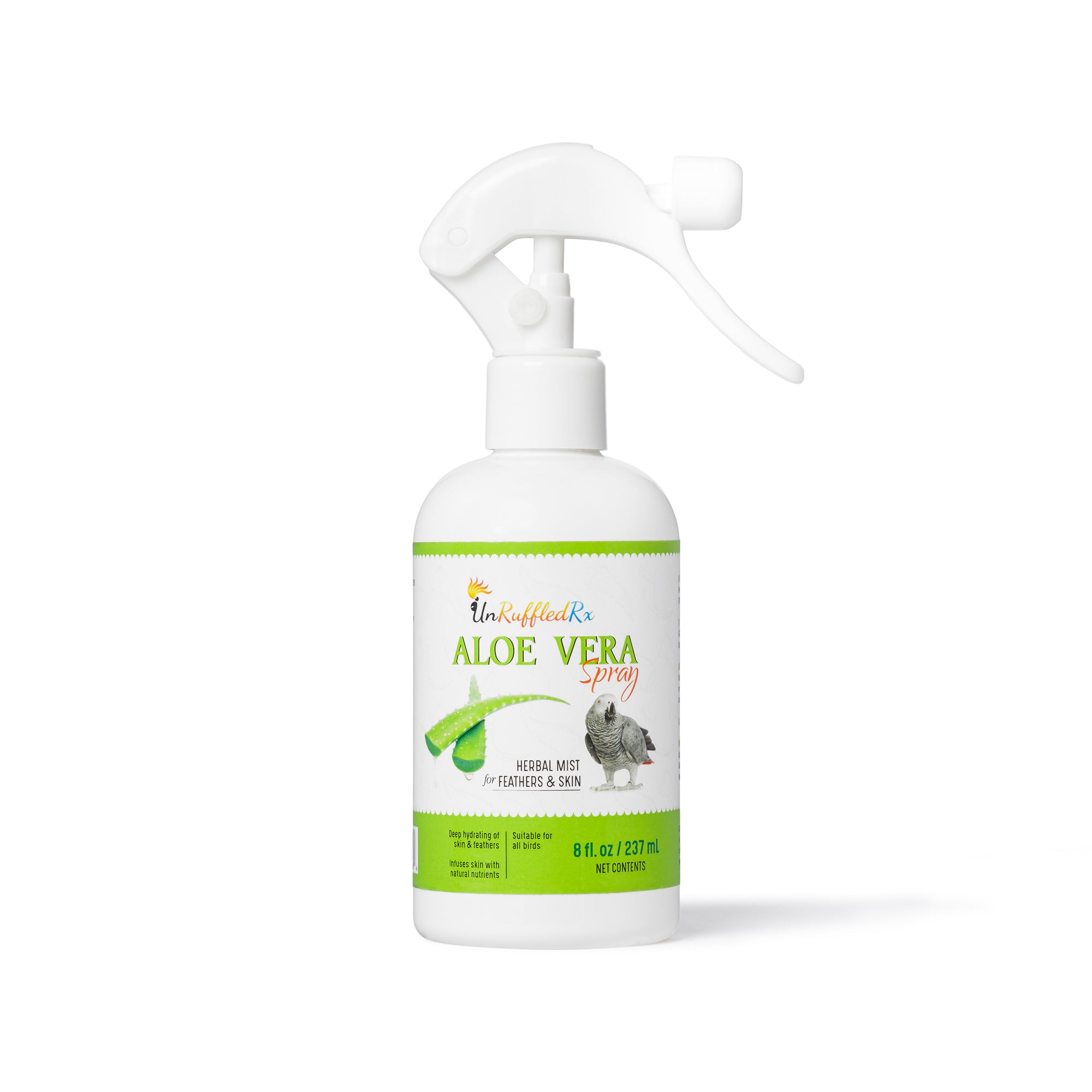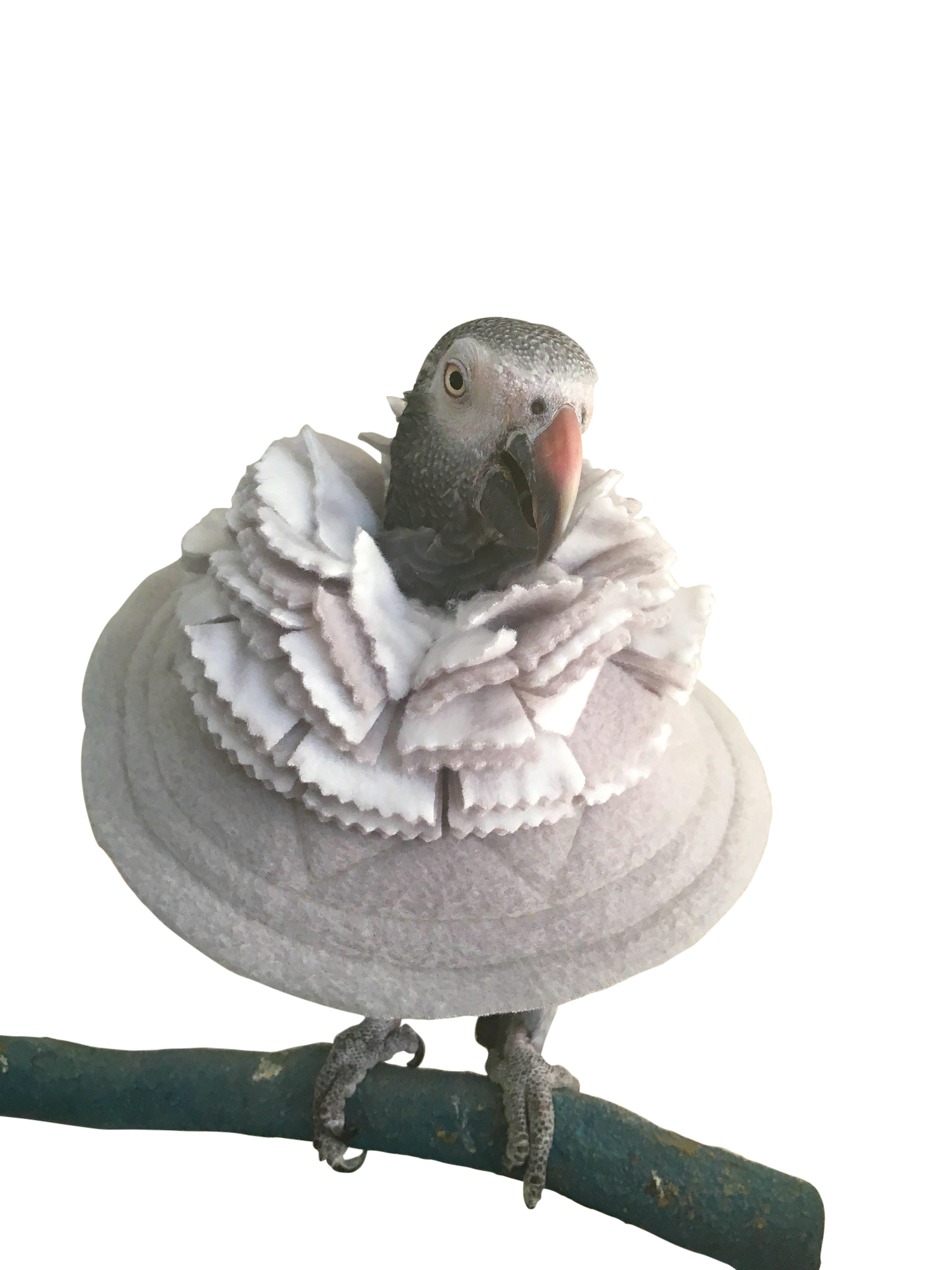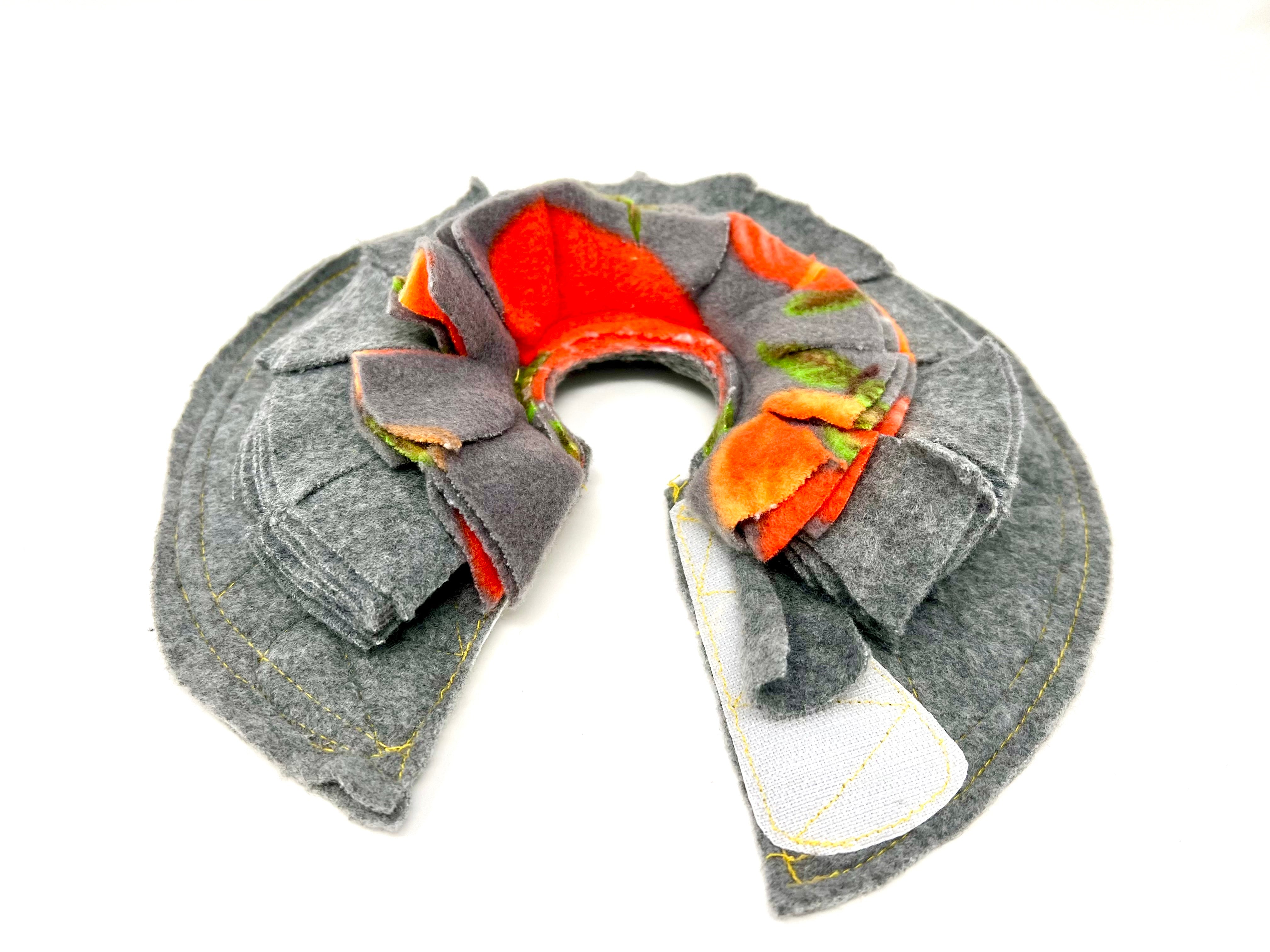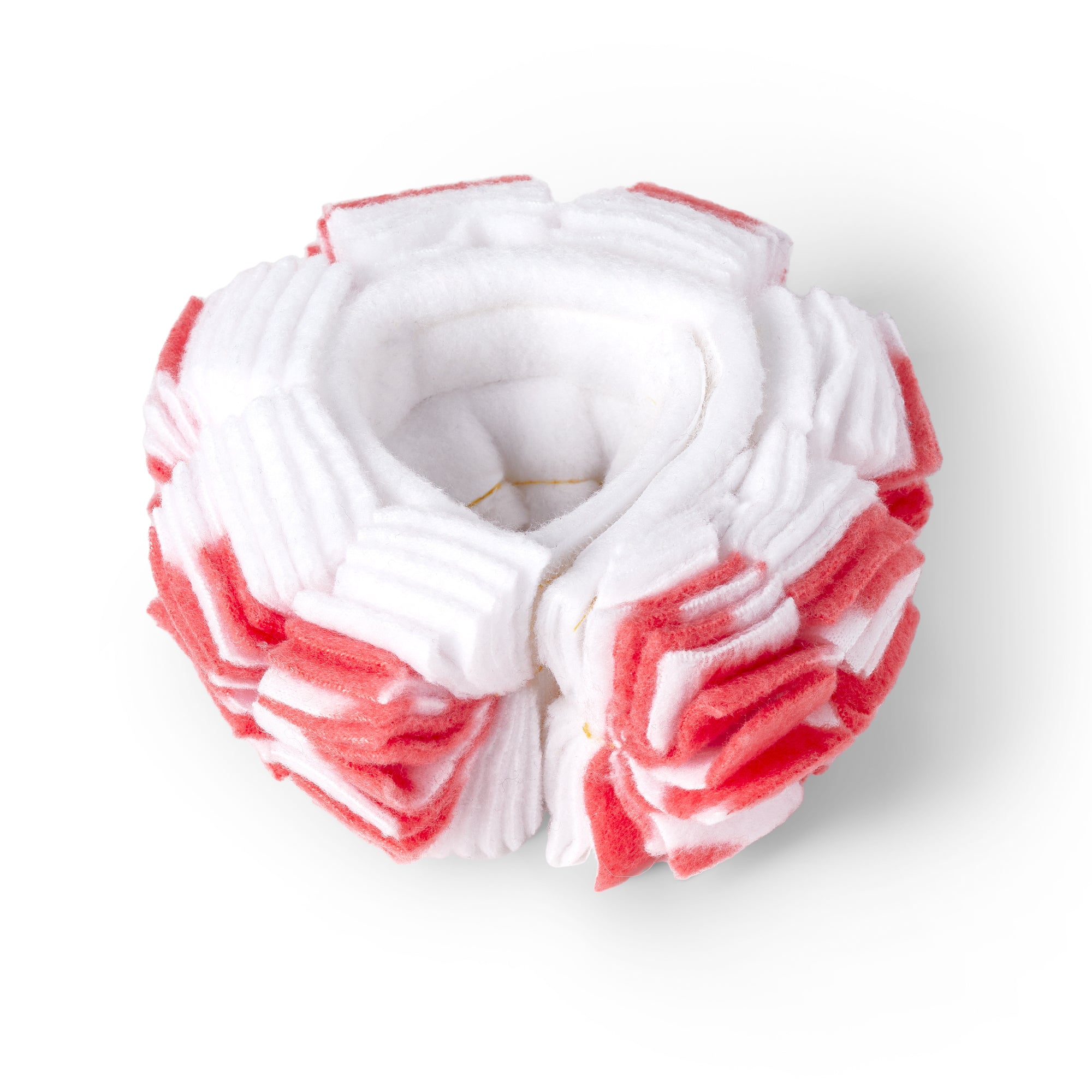Table of Contents
- What causes bleeding in birds?
- How can I tell if my bird is bleeding?
- What should I do first if I notice my bird is bleeding?
- How do I safely restrain my bird to treat bleeding?
- What kind of first aid supplies should I have for my bird?
- When should I seek veterinary help for my bird's bleeding?
- Can a bleeding blood feather be safely removed at home?
- What are the risks of not treating my bird's bleeding?
- Get your FREE Printable 3 Step Bird First Aid Guide for a Bleeding Bird
Discovering your bird is bleeding can be a frightening experience but it's a situation that many bird owners will encounter.
Understanding that birds, such as cockatiels, African greys, and umbrella cockatoos, have relatively little blood compared to their body mass can underscore the urgency. For instance, a cockatiel might only have about 10 milliliters of blood, an African grey around 25 milliliters, and an umbrella cockatoo could have up to 30 milliliters. Being well-prepared to address bleeding promptly can literally be a lifesaver for your feathered friend.
This post answers the top 10 questions about bird bleeding, equipping you with crucial first aid tips to tackle such emergencies confidently. Don't miss out on the essential strategies and download our free printable first aid guide.
What causes bleeding in birds?
Bleeding in birds can stem from a variety of sources, and understanding these is crucial for any bird owner. Just like humans, birds can suffer injuries that break the skin or damage feathers. Sometimes, these injuries are visible, such as when a bird hits a window or gets into a scrap with a cage-mate. Other times, they might be less obvious, originating from rough handling or accidental bumps against their enclosure.
Here are some common causes of bleeding in birds:
| Cause | Description | Treatment Plan |
|---|---|---|
| Injuries from accidents | Bird may get cuts or bruises from hitting windows or fans or getting wing feathers caught in toys. They can experience internal &/or external bleeding | DIY to stop bleeding at at home. Call your vet to inform them of the accident. If your bird doesn't become responsive within a short time, seek an emergency bird vet visit. The bird may have internal injuries. |
| Fights with other birds | Birds can become territorial or hormonal leading to fights. These are usually external injuries and may involve beak and toe injuries | DIY at home by stopping bleeding and disinfecting the wound. Call your vet to put them on notice. Your bird may require antibiotics and pain medication. Isolate the injured bird in a hospital cage. Keep birds separated |
| Feather picking and self-mutilation | Physical or psychological stress may cause birds to hurt themselves. | DIY at home & observe. Use styptic powder, corn starch, or flour to stop the bleeding. Put your bird in a hospital cage so that you can observe it. Try to get your bird into the vet within 24 hours if its bleeding. |
| Broken blood feathers | New feathers with blood supply can bleed heavily if damaged. | Stop the bleeding with stypic powder, corn starch, or flour. Place your bird in a hospital cage and observe frequently. If you can not stop the bleeding get in touch with an emergency vet. |
| Predator attacks | Birds may be injured by pets or wildlife causing serious harm. | This is a bird emergency - call your vet now to inform them that you'll be arriving with a critical bird.Identify the predator as certain saliva requires specialized antibiotics. Put your bird in a hospital cage and transport it to the vet ASAP. |
How can I tell if my bird is bleeding?
Noticing if your bird is bleeding can sometimes be tricky, especially if they have a lot of feathers or if they're trying to hide their injury. You might not always see a clear wound.
Every morning check the cage area for small drops of blood on the floor, in their cage, or on their paper bedding. These subtle signs can often be the first indication that something is wrong. Since birds are adept at concealing their injuries, it's important to be vigilant and take note of these small clues.
When you share your home with a pet bird, you become quite attuned to their habits and behaviors. Spotting when something is off can help you catch excessive blood loss or injuries early. Here are the top five symptoms to watch for, showing that your feathered friend might be sick or injured:
-
Changes in Behavior: If your normally chatty and energetic bird becomes quiet and withdrawn, it might indicate they’re not feeling well. Birds often hide their illness, so any change in their usual behavior can be a significant sign.
-
Not Eating or Drinking: Keep an eye on their food and water bowls. A decrease in eating or drinking is a common sign of illness. If you notice your bird isn't consuming as much as usual, they could be feeling unwell.
-
Fluffed Appearance: Birds that keep their feathers fluffed up for long periods are likely trying to keep warm due to feeling sick. This puffed-up look can be a key indicator of illness.
-
Squinted Eyes: If your bird is frequently squinting or seems to have trouble keeping its eyes fully open, this can be a sign of discomfort or illness.
- Favoring a Body Part: Notice if your bird is limping, refusing to use one of its legs, or keeping a wing drooped consistently. This behavior may indicate pain or injury in that particular area.
What should I do first if I notice my bird is bleeding?
If you notice your bird is bleeding, the first thing you should do is remain calm and quickly assess the source of the bleeding. Get your bird to safety. Gather your first aid kit.
Pull out clean gauze, clotting product, and a towel.
👉 Tip: Practice wrapping and handling your bird beforehand to make actual emergencies less stressful.
How do I safely restrain my bird and treat bleeding?
1. Prepare Your Space 🧹
- Clear a space on a countertop or table.
- Ensure the area is free of hazards.
2. First Aid Kit Ready 🩹
- Gather a clean towel, antiseptic, clotting product (e.g., styptic powder), and a pen flashlight.
- Keep these within reach.
3. Keep Calm 🌟
- Approach your bird calmly.
- Use a soft voice to reduce stress.
4. Wrap Your Bird 🕊️
- Gently wrap your bird in a towel.
- Avoid tight pressure around the body to protect air sacs.
5. Find the Bleed 🔦
- Use the flashlight to locate the source of bleeding.
- Handle your bird gently to avoid further stress.
6. Stop the Bleeding 🛑
- Apply clotting product to the wound.
- Gently press on the wound with a clean cloth.
7. Clean the Wound 💧
- Once bleeding slows, clean around the wound with antiseptic.
- Avoid washing off the clotting product.
8. Hospital Cage 🏥
- Place your bird in a hospital cage in a quiet area.
- Keep the environment calm.
- Observe for further bleeding.
9. Monitor and Act 👀
- Watch for signs of distress or continued bleeding.
- If bleeding doesn’t stop or is profuse, call the vet immediately.
What kind of first aid supplies should I have for my bird?
A well-prepared bird first aid kit should include a variety of items to address emergencies. Essential supplies include sterile gauze, scissors, tweezers, antiseptic wipes, styptic powder to stop bleeding, a saline solution for cleaning wounds, electrolytes, and a heat pack to keep your bird warm. Additionally, a clean towel and a small flashlight can be crucial for assessing your bird's condition. For more detailed information on assembling a bird first aid kit, visit our blog post here.
Always confine your bird and observe for an hour after the bleeding has stopped.
When should I seek veterinary help for my bird's bleeding?
For minor to moderate bird bleeding, seek veterinary help if you cannot stop the bleeding after a few minutes of applying pressure.
Always consult a vet if the wound is deep or if the injury was caused by another animal, as these scenarios require professional attention to prevent complications such as infection or more severe internal damage.
Veterinary Emergencies include:
- Beak injuries
- Animal bites
- Internal bleeding
- Profuse external bleeding that can't be stopped
- Eye injuries
- Fractured and broken bones
Additionally, because a loss of as little as 20 - 30% of blood volume can be detrimental, it's crucial to watch for signs of early shock, such as weakness, rapid breathing, or lethargy.
A loss of just 30% of blood volume can quickly become critical, necessitating immediate veterinary care.
| Cockatiel | African Grey | Umbrella Cockatoo | |
|---|---|---|---|
| Total blood volume in teaspoons | 2 tsp. +/- | 8 tsp. +/- | 11 tsp. +/- |
| Critical blood loss | 1/2 tsp. | 2 tsp. | 3 tsp. |
Can a bleeding feather be safely removed at home?
Pulling a blood feather at home is highly discouraged. It is very painful for the bird and it can cause permanent follicle damage. An avian or exotics veterinarian might do this safely as a last resort only. Do not attempt this at home.
What are the risks of not treating my bird's bleeding?
If a bleeding bird doesn't receive prompt treatment, the consequences can be quite serious:
-
Blood Loss: Birds have a relatively small amount of blood, so any loss can quickly become critical, endangering their life.
-
Shock: Significant blood loss can lead to shock, characterized by symptoms like weakness, rapid breathing, and lethargy, which can be life-threatening without immediate intervention.
-
Infection: Open wounds are susceptible to infections, which can complicate the bird's recovery and worsen their health condition.
-
Weakness and Anemia: Continuous bleeding can result in anemia, making the bird weak and less capable of performing daily activities or fighting off other illnesses.
-
Death: In the most severe cases, excessive blood loss without timely treatment can unfortunately lead to death.
It's crucial to act swiftly and gently to care for a bleeding bird, ensuring they get the necessary first aid and veterinary attention they need to recover. Your quick response can make all the difference.
Get your FREE Printable 3 Step Bird First Aid Guide for a Bleeding Bird
According to the Merck Veterinary Manual, “When a bird has a “bleeding” emergency, it is important to distinguish between obvious active bleeding (such as from the wing, beak, or foot) and blood on the cage or on the bird with no active bleeding.
Continued bleeding requires immediate veterinary intervention, whereas bleeding that has stopped is best left undisturbed. However, even if bleeding has ceased, it is wise to take your bird in for an examination.”
Even so, make sure to have a safe blood clotting powder available. Styptic powder is the method of choice for stopping bird bleeding, however in a pinch you can use ordinary baking flour or cornstarch.
How will you help an injured bird who is bleeding?
FIRST: STAY CALM!
Remember, that your bird easily feeds off of your emotional state. If it is already experiencing a medical problem and it see's you in a panic, your bird's blood pressure will increase and it will go into "fight or flight" mode, thereby increasing the blood loss. Take a few deep breaths and remember this article.
SECOND: STOP & THINK
A healthy bird has great clotting abilities and can experience losses of up to about 50% of its blood with supportive veterinary care. That's not to say that you want to just apply a "band-aid" approach with a bleeding bird, but use this information to keep calm. A bit of blood on this pictured on this bird can be treated easily, while you'd want to get veterinary care for more significant blood loss.
After calming down, it is important to find the source of the bleeding. Is the bleeding from an internal injury or an external one? Internal bleeding comes from a body orifice like the mouth, ears, nares or vent, while external bleeding comes from the skin.
THIRD: DETERMINE THE CAUSE & LOCATION OF THE BLEEDING:
- Determine the exact location of the bleeding.
- Determine the extent of the injury.
- Can the bleeding be stopped with no first aid measures or application of Super Clot and 1-2 minutes of pressure?
INTERNAL INJURIES REQUIRE IMMEDIATE VETERINARY CARE:
Get your bird to the vet immediately if the bleeding is from an orifice such as the nares, mouth, ears, eyes or in the droppings.
-
ANIMAL BITES: INCLUDING BIRD: Always seek Avian Vet Care ASAP due to deadly infection issue.
EXTERNAL INJURIES: Broken blood feathers, small lesions...
If the bleeding is external, minor, and not from an animal bite, place your bird in a clean hospital cage to minimize movement and make observation easier.
-
Observe your bird for at least one hour as reinjury is possible.
-
If bleeding doesn't stop within 5 minutes, administer Bird First Aid: Bird first aid in this case means applying Bird Safe Styptic Powder at the site of the bleeding and applying gentle pressure for 1-2 minutes.
- Once the bleeding has stopped continue to observe your bird in a hospital cage for at least 1 hour to be sure the bleeding doesn't reoccur and to ensure that your bird is eating, drinking, and able to move about the cage
- Keep your bird warm and allow it quiet rest.
WHEN TO GET IMMEDIATE VET TREATMENT
-
If the bleeding reoccurs, take your bird in to your avian veterinarian immediately.
-
Is your bird listless or panting? Yes? Call the vet and get your bird in ASAP. Never the less, your calm reaction and a safe, confined space may reduce stress immediately.
- The injury is due to an animal bite. Animal bites can result in deadly infections within 24 hours and may involve serious internal injuries that are not apparent to you.
Related Posts:
How To Make A Bird Hospital Cage For An Injured or Sick Bird
How To Help A Bird With Respiratory Problems
How To Tell If Your Bird Has Been Poisoned
References:
Creavens, E. B. (2005). Frequently occurring pet bird accidents and how to evade one. World Parrot Trust. Retrieved from https://issuu.com/worldparrottrust/docs/frequently-occurring-pet-bird-accidents
Lightfoot, T. L. (2020, January). Injuries and Accidents of Pet Birds. In M. Merck & Co. (Ed.), Merck Veterinary Manual. Retrieved from https://www.merckvetmanual.com/bird-owners/disorders-and-diseases-of-birds/injuries-and-accidents-of-pet-birds
Pet Assure. (2018, May 24). Top 10 Dangers to Pet Birds. Pet Assure. https://www.petassure.com/new-newsletters/top-10-dangers-to-pet-birds/
Lafeber Pet Birds. (2021). Avian Emergency: First Aid for your Pet Bird Part 1 [Video]. YouTube. https://youtu.be/--834Ezyx8I?si=KyU3a9zZMQiZNiUy
Link to this blog
https://birdsupplies.com/blogs/news/157076551-how-to-prepare-a-bird-first-aid-kit
Diane Burroughs, LCSW is a licensed psychotherapist trained in ABA therapy techniques. She specializes in avian anxiety disorders and is certified in Nutrition For Mental Health. Diane has written a number of bird behavior books and she offers behavior consultations. She's developed a range of UnRuffledRx Science-backed Parrot Wellness Supplies.
Diane's products have been featured in the Journal of Avian Medicine and Surgery and at Exoticscon, a conference for exotic pet veterinarians. Her bird collars & supplements are stocked in avian vet clinics and bird stores throughout the US. With over 30 years in the field of behavior, Diane has created thousands of successful individualized behavior plans that help pets thrive.
TAGS: #BirdBleeding #HowToStopBirdBleeding #BirdBleedingFromBeak
SHARING IS CARING! PLEASE SHARE ON YOUR FAVORITE SOCIAL MEDIA NOW!





